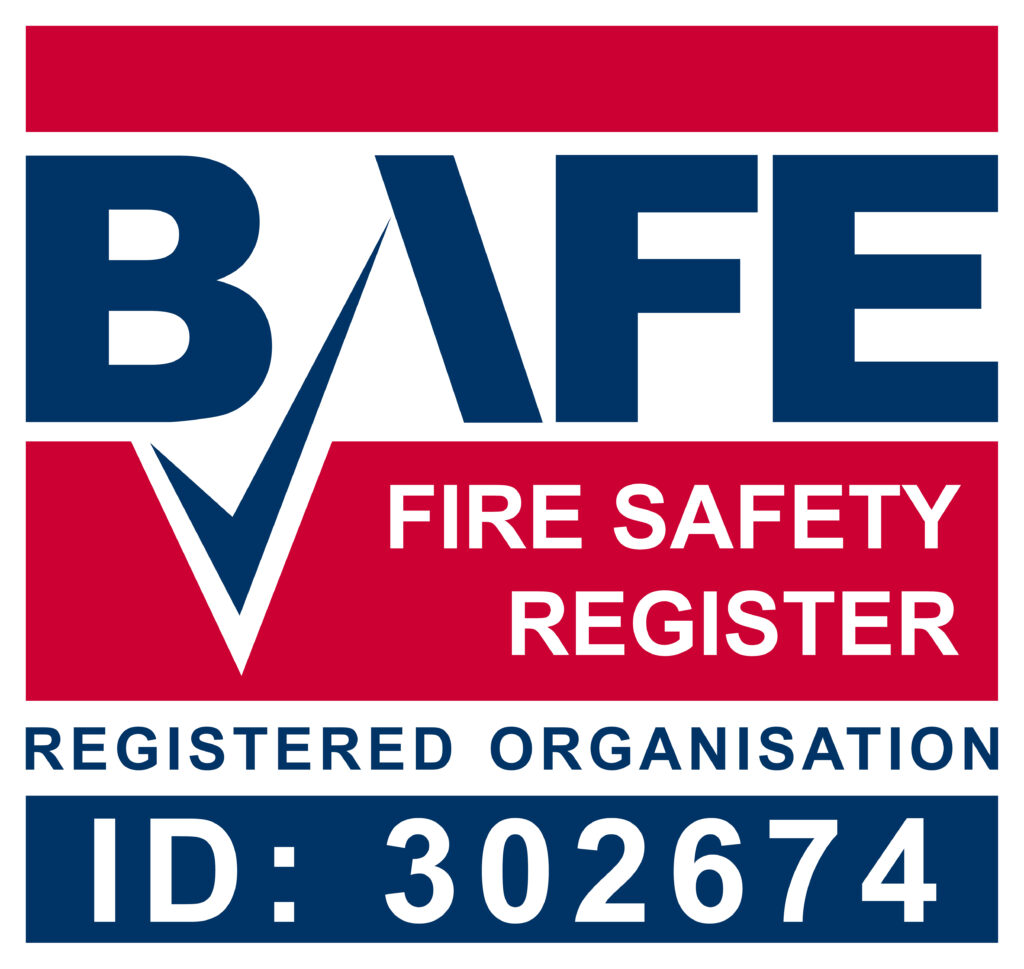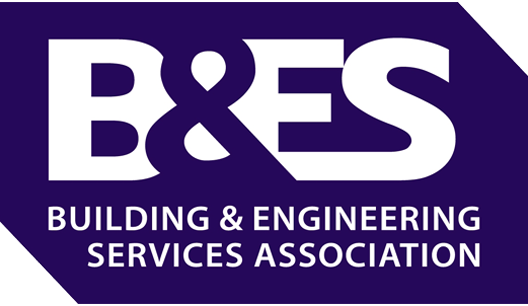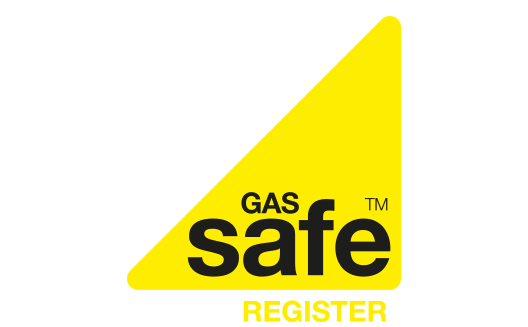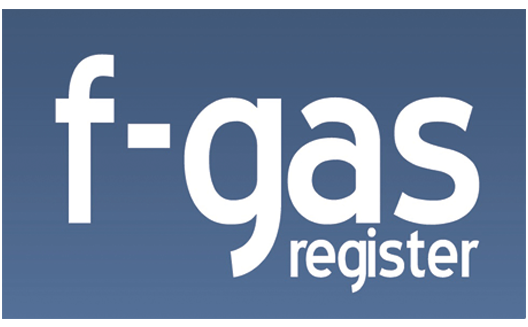Carbon Reduction Plan
Details of the Plan:

Carbon Reduction Plan
Statement of Purpose
At Corrigenda, our purpose is to deliver a high-quality Facilities Management and reactive maintenance service to a broad customer base throughout the geographical areas in which we work.
Our mission is to provide this service in as sustainable a way as possible and we do this through iterative, action-oriented strategies. At the core of our project delivery is technical excellence, utilising the latest building methods, innovations and technology to ensure we offer the best value for our clients.
Throughout this document, ‘carbon emissions’ refers to all Green House Gas (GHG) emissions (CO2 equivalent / CO2e). This Carbon Reduction Plan conforms to the requirements of Procurement Policy Note PPN06/21; ‘Taking Account of Carbon Reduction Plans in the procurement of major government contracts’, published in June 2021 and the supporting ‘Technical standard for the Completion of Carbon Reduction Plans’.
The Corrigenda financial year starts on 1st April and ends on 31st March; the current reporting period covered by this plan is 1st April 2025 to 31st March.
Building a Sustainable Future
Corrigenda launched a new sustainability framework in 2025. The framework covers both the environmental and social aspects of sustainability and sets out our pathway to net zero and how our business will achieve net zero carbon by 2045.
Reporting Standards and Scope
The calculation of Corrigenda’s carbon footprint is in line with the Green House Gas Protocol Corporate Accounting and Reporting Standard and the ENCORD Construction CO2e Measurement Protocol.
Corrigenda employs Trident as the consultancy providing carbon accounting services. Trident undertake a series of quality assurance checks in line with industry best practice to ensure the Green House Gas (GHG) statements are as accurate as possible. The process follows the principles of ISAE 3410, Assurance Engagements on Green House Gas Statements standard, but is not a formal assurance to that standard at this time. It is undertaken to ensure that the statement is considered materially correct, a fair representation of the Green House Gases emitted, and is prepared in alignment with the Green House Gas protocol and the relevant scope of activities of Corrigenda as a company.
Our current carbon footprint accounts for carbon emissions over which Corrigenda has financial control, but in addition, we will seek to influence those with whom we do business on their own journey towards building a sustainable business relationship.
Commitment to Achieving Net Zero
Corrigenda is committed to achieving net zero carbon emissions by 2045. We refer to our scope 1 and 2 carbon emissions as our ‘business operations carbon’ as it relates to the use of energy for our own operations and therefore more under our control. We will achieve net zero for scope 1 and 2 by 2040 and we are aiming to achieve this target without offsetting. We will achieve net zero across our value chain carbon (scope 3) by 2045.
Additional Details Relating to the Baseline Emissions Calculations
The Carbon Reduction Plan update will report progress against this baseline in subsequent years. In Q1 of 2024, we are developing new tools to enable scope 3 data collection, including for materials embodied carbon and subcontractor fuel and energy reporting. The work we have done so far in the financial year 2024 will ensure our scope 3 baseline for financial year 2024/25 will be robust and accurate.
The table below shows our existing scope 3 emissions categories and how these will deliver the requirements of PPN06/21 in relation to scope 3 reporting. In addition to these emissions categories, Corrigenda will also be measuring and reporting on carbon emissions from employees working from home and commuting mileage not paid for by the business.
- Vehicle fuel
- Public transport
- Waste
- Materials embodied carbon
- Employees PPN06/21 scope 3 reporting requirements
- Upstream transportation and distribution
- Cradle to site emissions included in embodied carbon figures
- Waste generated in operations
- Construction, demolition and excavation waste
- Business travel
- Car allowance & private mileage paid for by Corrigenda
- Commuting mileage not paid for by Corrigenda
- Emissions in relation to Corrigenda activities and services, downstream transportation and distribution
Emissions Reduction Targets
Our overall approach to achieving net zero carbon follows a four-step process:
- Review – assess and improve processes, tools and systems for carbon emission data collection
- Reduce – implement energy and carbon reduction and efficiency measures to reduce energy demand
- Renew – identify and implement measures to increase generation and use of renewable energy
- Rebalance – offset the remaining balance of carbon following reduce and renew measures
For all the energy and carbon emitted as part of scopes 1 and 2, it is our intention to achieve net zero by 2045. We aim to do this without needing to offset (as we believe that offsetting is a last step), and we will not prioritise offsetting over making real-life, sustainable and measurable reductions in our carbon footprint.
A significantly high proportion of emissions from Corrigenda’s activities relate to the occupation of office premises by a small number of employees, and business mileage that arises from our need to deliver services on clients’ sites. The carbon reduction measures required for Corrigenda to achieve net zero carbon in line with the Corrigenda Carbon Reduction Plan pathway are incorporated into existing company-wide actions such as the assessment of offices and premises for the incorporation of energy efficiency, carbon reduction measures such as occupancy lighting and smart heating controls, the change to life-cycle costing for our vehicle fleet, and increased access to electric and hybrid vehicles through our fleet management partner.
Carbon Reduction Projects and Environmental Management Measures
The following existing measures apply to all parts of the Corrigenda business:
- Certification to ISO14001 (original certification achieved in 2019)
- Policies, standards, processes, guidance from Governments, global protocols to identify, inform and reduce environmental impacts, including carbon emissions
- Invite and reward ideas for carbon reduction opportunities in both new and existing projects from all parts of the business
- Full and in-depth review of emissions data sources, processes and methodology, emissions categories and business reporting structure
- Setting of scope 1 and 2 emissions baseline for financial year 2024/5
- Regular reporting of carbon emissions to CEO and senior officers of the Company
- Development of scope 3 emissions categories and data collection processes for calculation of 2024/5 baseline
- Development of scope 3 reporting tools including materials, embodied carbon and subcontractor reporting
- Engagement with supply chain partners on sustainable procurement practices and carbon reduction initiatives
What We Are Committing To
We are making public commitments to the following to ensure we are transparent and accountable in our reporting and target-setting:
Communication and Engagement Strategy:
- Internal and external presentations and webinars
- Training opportunities through meetings and toolbox talks
- A regular series of intranet articles and documents outlining our approach to carbon management
- Implementation of a Sustainability Attitudes survey to all Corrigenda employees to understand and promote employee engagement
- Inclusion of a higher proportion of electric and hybrid vehicles
- Installation of LED lighting and/or occupancy switching to offices and operational sites where Corrigenda has control
- Development of the agile working policy introduced to ensure effective but flexible working practices and reduce carbon emissions from unnecessary travel
- Roll out of our net zero management system which is aligned to ISO 50001
- Electric Vehicle Charging points – installation of infrastructure at Corrigenda premises
The measures described above are applicable company-wide, and in particular to Corrigenda inhabited property. Other measures which align to the strategy are:
- Roll out Toolbox Talks and other upskilling sessions to Corrigenda construction and maintenance employees
- Update and standardise the pre-contract information pack to include low carbon options (e.g., plant, site accommodation) and where eco options will be the default
- Investigate and roll out more accurate embodied carbon reporting
- Appoint and train subject matter experts within the relevant departments (e.g., Procurement, Design, Projects Teams, etc.)
- Reviewing subcontract orders, pre-order and pre-start documents to improve carbon and sustainability requirements and asking questions to improve performance monitoring for the supply chain
- Create and roll out a “No idling” policy signed off and rolled out with communications workforce wide
- Update all project mobilisation checklists with all actions identified within our Sustainability Plan
- Developing basic mobilisation guide / prompt sheet for project teams showing how sustainability plan (which includes carbon reduction actions) integrates with supporting tools and processes
- Reviewed our plant hire process with a view to making key items default for hire, chosen because of their low carbon footprint in use and delivered using as sustainable method as possible
- Employing an external consultant with access to approved carbon reporting tools with granular datasets
- Review of telematics data to improve fuel-efficient driving and reduce idling
- Implement campaign on carriage of unnecessary equipment
- Have a policy of choosing tyre replacements, when necessary, to improved rolling resistance standards
- Energy efficiency audits of existing site accommodation including insulation, double glazing, PIR sensors, non-concussive taps, timers for heating & lighting
- Review on-hire generators for suitability and compliance with Company policy
- Have a policy of using local offices to reduce travel and response times and the impact of commuting
Declaration and Sign-off
This Carbon Reduction Plan has been completed in accordance with PPN 06/21 and associated guidance and reporting standard for Carbon Reduction Plans. Emissions have been reported and recorded in accordance with the published reporting standard for Carbon Reduction Plans and the GHG Reporting Protocol corporate standard and uses the appropriate Government emission conversion factors for Green House gas company reporting. Scope 1 and scope 2 emissions have been reported in accordance with SECR requirements.
For the 2026 update of this Carbon Reduction Plan, the required subset of scope 3 emissions will be reported in accordance with the published reporting standard for Carbon Reduction Plans. This Carbon Reduction Plan is the responsibility of and under the ownership of the Health, Safety and Environment Manager and has been reviewed and signed off by the CEO.

